Content from the Brookings Institution India Center is now archived. After seven years of an impactful partnership, as of September 11, 2020, Brookings India is now the Centre for Social and Economic Progress, an independent public policy institution based in India.
This article first appeared in Live Mint. The views are of the author(s).
US President Donald Trump’s much anticipated speech outlining his administration’s approach to the quagmire in Afghanistan was uncharacteristic. It was cogent, coherent, logical, even compelling, and stayed on message. It was what one would expect of any significant foreign policy initiative but unlike most of the speeches that have become the hallmark of a president used to letting his stream of consciousness flow unfettered. A disappointed headline in The Atlantic summed it up as: “Trump’s Depressingly Normal Speech About Afghanistan”.
The speech bore the indelible imprimatur of Trump’s national security council and department of defence teams, and only the lightest of touches from the state department. It made three key arguments: first, threats emanating from Afghanistan and the “broader region” pose a clear and present danger to the US; second, a rapid US disengagement would create a vacuum for terrorists to fill, which is “predictable and unacceptable”; and third, the US needs an “honourable and enduring outcome worthy of the tremendous sacrifices” that it incurred in men and material over 17 years. To buttress his argument Trump asserted that “20 US-designated foreign terrorist organizations are active in Afghanistan and Pakistan”, even though the actual number, according to the state department, is just half of that.
Trump identified three pillars to deal with this reality: first, diplomatic, economic, and military instruments of US power to leverage a “successful outcome”; second, to jettison the Obama administration’s approach where the timetable for entry and exit of US forces was announced in advance, and instead use the element of surprise by deploying forces at a time, place and duration of Washington’s choosing, and measure effectiveness on conditions on the ground; and, third, “to change the approach on how to deal with Pakistan” while building on the “strategic partnership” with India. Trump justified the absence of details as strategic ambiguity; critics argued that this reflected his lack of attention to detail.
The hardball Trump policy on Pakistan echoes former President George W. Bush’s “with us or against us” threat to Islamabad in the wake of the 9/11 attacks. While most Indian officials and experts would be tempted to gloat over Pakistan’s fall from the stature of a “non-NATO (North Atlantic Treaty Organization) ally” to a quasi-terrorist state, this approach is unlikely to advance India’s interests.
To read more, please click here.
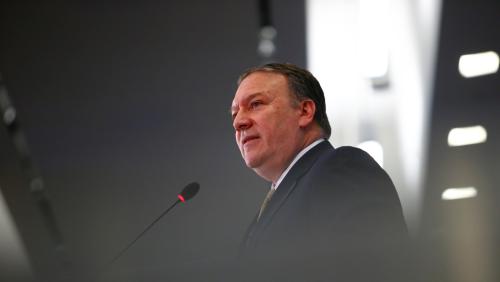
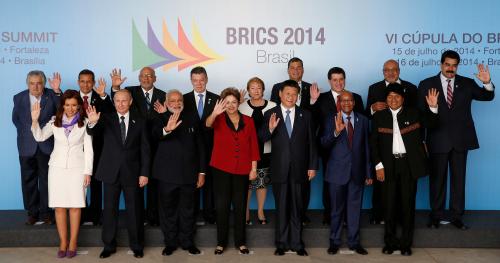

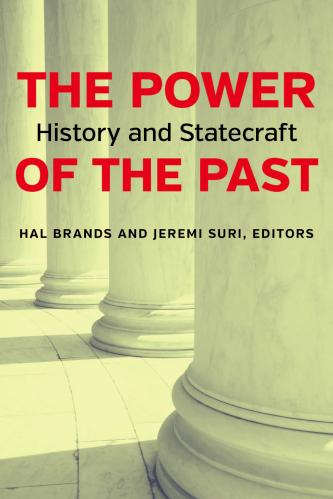
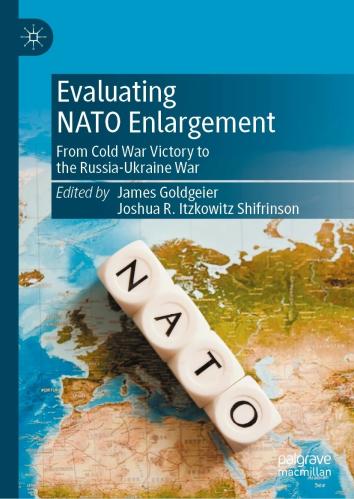
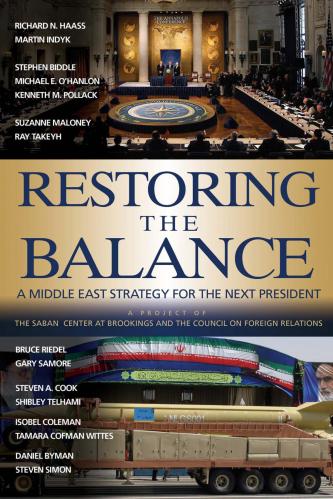



Commentary
Op-edAfghanistan and a new hyphenation
August 28, 2017